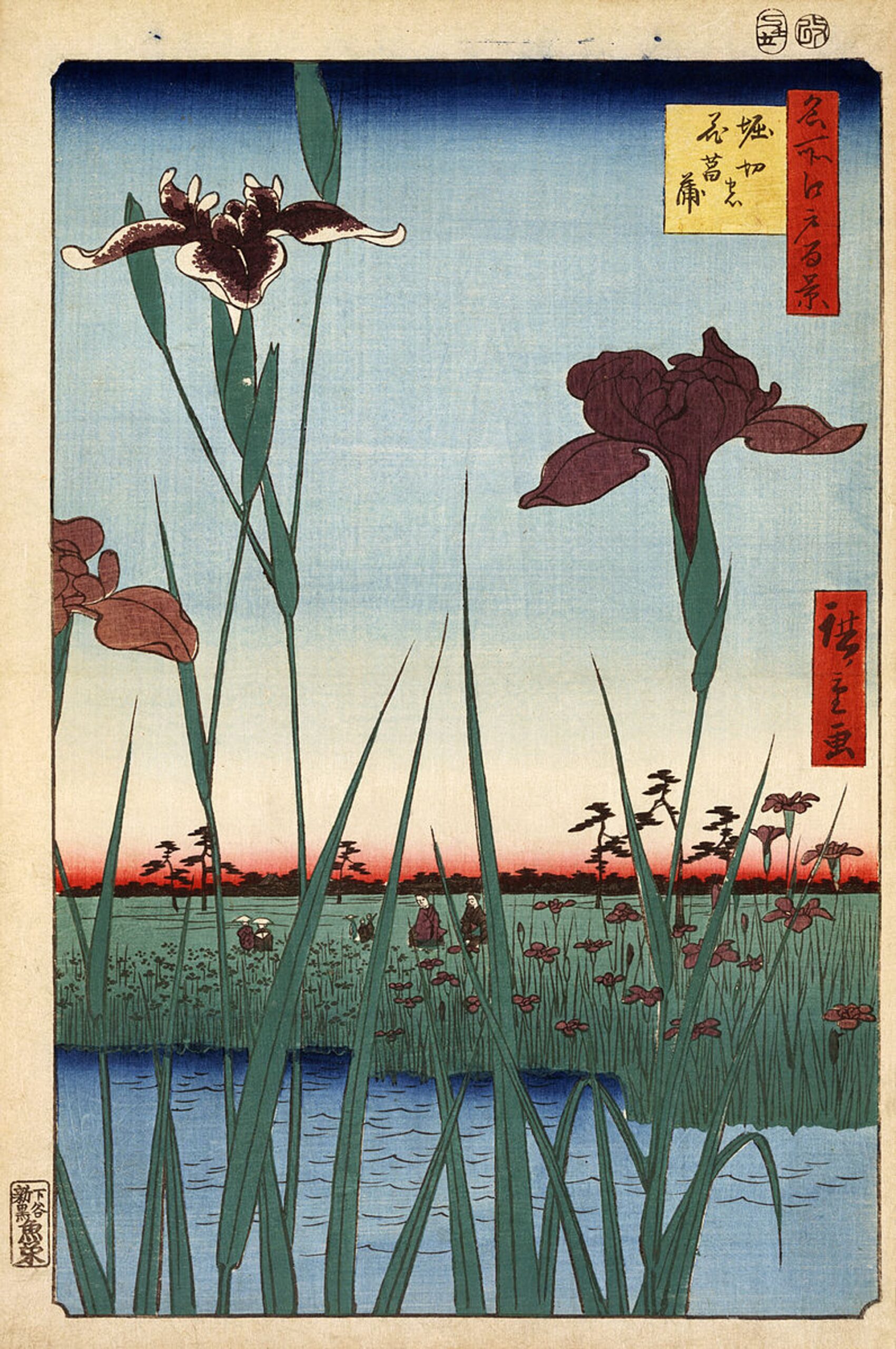The Timeless Beauty of Paintings
Paintings have been a form of artistic expression for centuries, capturing moments in time and evoking emotions that transcend language and culture. From the intricate details of Renaissance masterpieces to the bold strokes of modern abstract art, paintings have the power to inspire, provoke thought, and stir the soul.
The Artistic Process
Creating a painting is a labor of love that requires skill, creativity, and passion. Artists carefully choose their medium, whether it’s oil, acrylic, watercolor, or mixed media, to bring their vision to life on canvas. Each brushstroke is deliberate, each color choice intentional, as the artist communicates their message through the composition.
The Power of Visual Storytelling
Paintings are more than just images on canvas; they are stories waiting to be told. Artists use symbolism, color theory, and composition to convey ideas and emotions that words alone cannot express. Viewers are invited to interpret the artwork in their own way, creating a unique connection between artist and audience.
A Window into History and Culture
Throughout history, paintings have served as windows into different eras and cultures. From ancient cave art depicting daily life to contemporary pieces exploring social issues, paintings reflect the values, beliefs, and perspectives of society at a given time. They preserve moments in history for future generations to study and appreciate.
The Enduring Appeal of Paintings
Despite advancements in technology and new forms of artistic expression emerging, paintings continue to captivate audiences worldwide. The tactile nature of paint on canvas, the richness of colors blending together, and the depth of meaning behind each artwork ensure that paintings will always hold a special place in the world of art.
Whether hanging in a museum gallery or adorning the walls of a home, paintings remind us of our shared humanity and our capacity for creativity. They invite us to see the world through different eyes and appreciate the beauty that surrounds us every day.
Exploring the World of Paintings: History, Creation, Styles, and Interpretation
- What is the history of paintings?
- How are paintings created?
- What are the different types of painting styles?
- Who are some famous painters throughout history?
- What is the significance of color in paintings?
- How do you interpret a painting’s meaning?
- Why are paintings considered works of art?
- Where can I view famous paintings?
What is the history of paintings?
The history of paintings is a rich tapestry that spans thousands of years, encompassing diverse cultures and artistic movements. From the ancient cave paintings of Lascaux to the iconic masterpieces of the Renaissance and the avant-garde creations of the modern era, paintings have evolved as a powerful form of visual expression. Each stroke of paint on canvas tells a story of human creativity, innovation, and cultural evolution throughout history. By studying the history of paintings, we gain insight into the beliefs, values, and artistic techniques that have shaped societies across time, leaving behind a legacy of beauty and inspiration for generations to come.
How are paintings created?
Paintings are created through a meticulous and thoughtful artistic process that involves various techniques and mediums. Artists start by selecting a canvas or surface to work on, followed by choosing the appropriate paints such as oils, acrylics, watercolors, or mixed media. They then use brushes, palette knives, or other tools to apply layers of paint to create shapes, textures, and colors that convey their intended message or emotions. Each brushstroke is carefully considered, with artists often building up layers to add depth and dimension to their work. The creative journey of painting involves a delicate balance of technique, inspiration, and personal expression, resulting in unique and captivating artworks that speak to the viewer in profound ways.
What are the different types of painting styles?
There are various types of painting styles that artists explore to express their creativity and vision. Some common painting styles include realism, impressionism, abstract, surrealism, and expressionism. Realism focuses on depicting subjects with accuracy and detail, often resembling a photograph. Impressionism captures the fleeting effects of light and atmosphere through loose brushwork and vibrant colors. Abstract art emphasizes shapes, colors, and forms to evoke emotions and ideas rather than representing reality. Surrealism delves into the realm of dreams and the subconscious, creating fantastical and dreamlike imagery. Expressionism conveys emotions and moods through bold colors, exaggerated forms, and dynamic compositions. Each painting style offers a unique way for artists to communicate their perspectives and connect with viewers on an emotional level.
Who are some famous painters throughout history?
Throughout history, the world has been graced by the talent and creativity of numerous famous painters whose works have left an indelible mark on the art world. From the iconic Leonardo da Vinci, known for his masterpiece “Mona Lisa” and “The Last Supper,” to the innovative Pablo Picasso, who revolutionized modern art with his cubist style, these artists have shaped the course of artistic expression. Vincent van Gogh’s emotional intensity in paintings like “Starry Night” and “Sunflowers” continues to resonate with audiences today, while the surrealism of Salvador Dali’s works challenges conventional perceptions of reality. These renowned painters, among many others, have inspired generations with their unique perspectives and enduring contributions to the world of art.
What is the significance of color in paintings?
Color plays a pivotal role in paintings, serving as a powerful tool for artists to convey emotions, set the mood, and communicate deeper meanings within their work. Each color carries its own symbolism and psychological impact, influencing how viewers interpret and connect with the artwork. From warm tones evoking feelings of passion and energy to cool hues creating a sense of calmness and tranquility, artists strategically select colors to enhance the narrative and evoke specific responses from the audience. The significance of color in paintings lies in its ability to transform a two-dimensional canvas into a vibrant world of expression, where every hue holds the key to unlocking layers of meaning and emotion.
How do you interpret a painting’s meaning?
Interpreting the meaning of a painting is a subjective and personal process that can vary from person to person. When deciphering a painting’s meaning, one may consider elements such as the artist’s intent, symbolism, color choices, composition, and historical context. Paying attention to details like facial expressions, objects depicted, and the overall mood of the artwork can offer clues to its underlying message. Additionally, engaging with the emotions evoked by the painting and allowing oneself to connect with the imagery on a deeper level can help unravel its intended or perceived meaning. Ultimately, interpreting a painting’s meaning is a journey of exploration and introspection that allows individuals to form their own unique understanding and appreciation of the artwork.
Why are paintings considered works of art?
Paintings are considered works of art due to their ability to transcend mere visual representation and evoke profound emotional and intellectual responses. Artists use paintings as a medium to express their creativity, thoughts, and emotions, transforming blank canvases into captivating masterpieces that capture the essence of a moment or idea. Through the skilled application of colors, textures, and composition, paintings have the power to communicate complex narratives, convey abstract concepts, and provoke contemplation. The meticulous craftsmanship and artistic vision behind each painting make it a unique creation that reflects the artist’s perspective and expertise, ultimately elevating it to the status of a timeless work of art.
Where can I view famous paintings?
For those seeking to view famous paintings, there are numerous prestigious art museums and galleries around the world that house renowned masterpieces. Institutions such as the Louvre in Paris, the Metropolitan Museum of Art in New York City, the Uffizi Gallery in Florence, and the Hermitage Museum in St. Petersburg are just a few examples of places where visitors can immerse themselves in a treasure trove of iconic artworks. These institutions not only showcase works by legendary artists like Leonardo da Vinci, Vincent van Gogh, and Pablo Picasso but also provide a rich cultural experience that allows art enthusiasts to appreciate the beauty and significance of these timeless creations firsthand.




